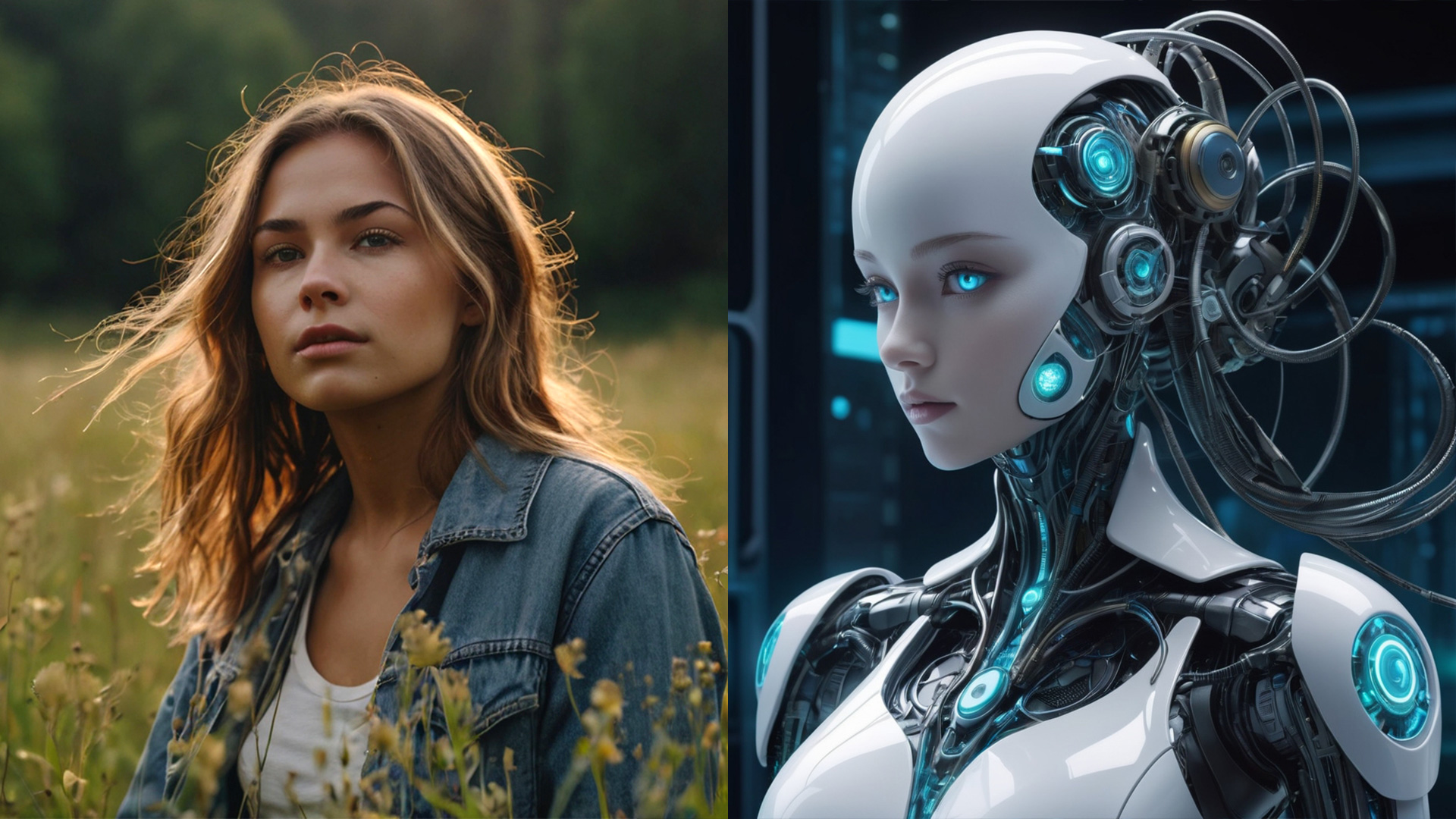
Some ideas for thinking (or re-thinking) the living-machine relationship
‘Being colonised by digital thinking’….. I recently finished reading a book on the living-machine relationship (in connection with A.I.). I would like to share some very interesting insights, especially for those working in the field of research in improvisation and the use of the body-mind to create art.
From the book ‘ChatGPT does not think (and neither does the brain)’. Miguel Benasayag in dialogue with Ariel Pennisi, March 2024.
The double-capture of human body
The machine colonises what I called the ‘biological field’, and in doing so impoverishes the capacity for comprehension, because in reality comprehension is a bodily phenomenon – it is with the body that we comprehend, while the machine handles information.
[…]
When we eat, the energy taken up by the body comes from the breaking of molecular bonds (of the macromolecules we eat), and with the fragments we build the various proteins in the body, as if they were bricks. But in reality, there is never a moment when there is a simple element within an organism; when an element is used, it is already within a relationship, a double-capture: for example, in our body there are a heap of carbon and nitrogen atoms, but these atoms behave simultaneously from what they are (carbon atoms, precisely) and also aberrantly, that is to say, according to a utility that is given to them by the organism. If we were to take an isolated particle, it would behave in a disordered, Brownian, zigzag pathway; while a captured particle (by the macromulecoles of the organism) continues to behave like any carbon atom, randomly, but at the same time is captured within another functioning (of the organism), aberrant insofar as it departs from its proper functioning. The tension with the enviroment is a tension that is never resolved; that is why all parts of the body function in double-capture.
This is also works for language or culture.
Difference in nature between organic and algorithmic
What ChatGPT will never succeed in doing – i.e. not what it ‘hasn’t yet succeeded in doing’, but what to a large extent determines a fundamental difference – are the frontier situations. A frontier situation is, for instance, a historical change: ChatGPT cannot understand that in 1900 no more figurative paintings were being made. These are frontiers that cross human culture in terms of meaning. ChatGPT cannot place itself on the frontier, because it is always in search of the optimal configuration. When you talk about algorithmic networks as neural networks, it may be…If you’re writing an article and you say trivia, you can get pretty close to ChatGPT, because you can go in search of commonplaces, aggregate them together and get away with it, without experiencing anything, so to speak.
The machine can make a poem on the operational level on the basis of combinatorics, but a written text is a poem only for a living being. That is why the machine cannot make a poem. The functioning of ChatGPT is statistical […] (while) the semantic pole (typical of the living) is not statistical, but historical (contextual) and existential; there are historical sedimentation and discontinuities that transform. ChatGPT, on the other hand, functions ‘like’ a semantic pole […] There is statistical density rather than semantic pole.
Having information and having experience are two different things. Apperception is distributive, i.e. it involves every element of the ecosystem. […]
We, as living beings, cut out or experience depending on perception. The machine neither selects nor perceives anything; it is bound by the limits determined by its material structure. For the machine it is the same to listen to rock today and Vivaldi tomorrow….for us, even if we listen live today to the Rolling Stones play Brown Sugar, are no longer the Stones, it is as if it were the Rolling Stones, because the context and the world have transformed, and at the level of apperception this counts. […]
For the machine, the Rolling Stones are still the same, and what varies is the information that lets it know that they are older today; but from the point of view of epochal self-affection there is a change of context that the machine cannot perceive, because it does not experience it directly.
The present is neither instantaneous nor one-sided, there are several simultaneous presents. In the living, there is a constant production of present, and indeed the instantaneousness found in the machine does not exist in the living.
Images generated by Leonardo A.I
